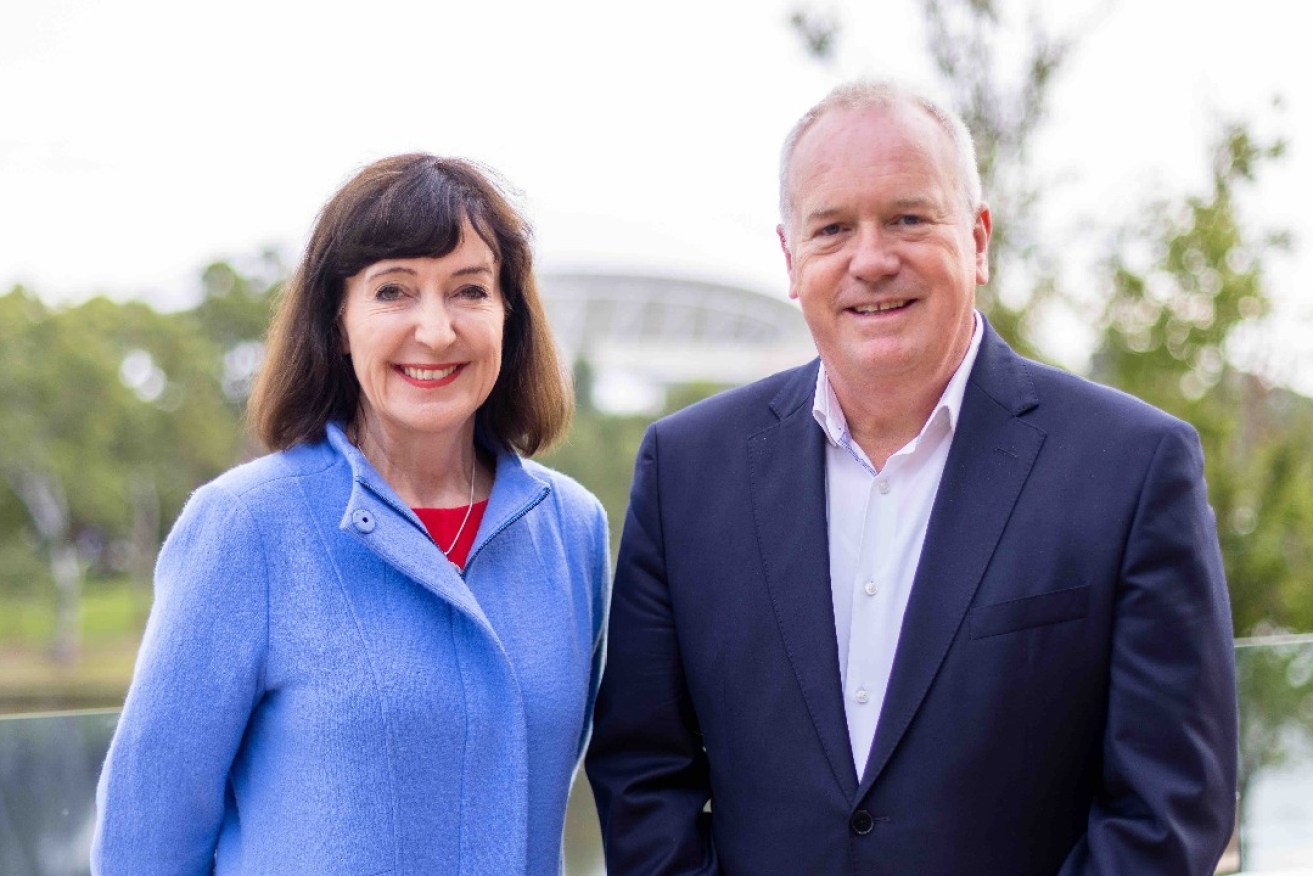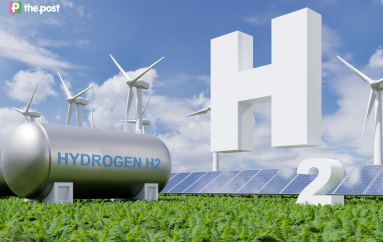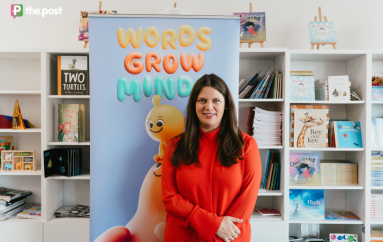Siemens looking for SA help on road to net zero
The multinational conglomerate is calling for expressions of interest from food and beverage companies in South Australia to be the first to test its new emissions tracking platform in Australia.


Minister for Industry, Innovation and Science Susan Close met with Siemens CEO Peter Halliday at the Institute of Brewing & Distilling conference last week.
Siemens CEO Peter Halliday said the company is partnering with Food SA and the Department for Industry, Innovation and Science (DIIS) to find a South Australian company to trial its SiGREEN emissions tracking platform.
“We chose to pilot this program here because the food and beverage industry is so critical for South Australia,” Halliday said, adding that Siemens has worked in the state since it helped with the overland telegraph in the 1800s.
“We see that the industry is coming to a point where retailers are demanding that the supply chain is carbon neutral. And if the food industry doesn’t get on to that, well then they’re not going to be able to sell their kit into the supply chain.”
He said that SiGREEN uses blockchain technology and industrial peripheral computing to make it possible for companies to exchange emission data along the entire supply chain, from the sourcing of raw materials through to packaging to customers buying the end product.
“This allows companies to obtain a product’s true carbon footprint, something which is usually calculated using predictions or oversimplified data,” Halliday said.
Milan Bawa, Siemens Australia and New Zealand Market Development Manager (Food and Beverage), said one-third of global energy usage is from the food and beverage industry so it made sense for Siemens to tackle that from the decarbonisation perspective.
“SiGREEN allows an organization to input its scope one data into the platform, then it allows its suppliers to add their scope one into the platform. And then the platform calculates the carbon footprint at the product level for you,” he said.
“It allows you to share data across the supply chain without you having to do any mathematical calculations in-house or putting resources to go and collect and integrate this data. It automates the whole process for you.”
Bawa said the platform then gives a company that has committed to net zero the proper validated information to back its emissions claims or find the weak spots in its supply chain.
“So when you’re making your claims into the industry that your product is carbon neutral, you have verified information based on the global standards that this platform implements in how it collects data, what data is required to be inputted, and how it computes that data,” he said.
Halliday said the EOI would open this week through Food SA, with an industry briefing by DIIS to follow in May before a shortlist is formed and the eventual company is picked four weeks later.
Halliday said Siemens is also developing this technology and taking it around the world to help the company meet its own commitment to net zero.
“The program is part of an open consortium called the Estainium Association, that Siemens is part of,” Halliday said.
“Estainium helps drive some of the global standards that have been developed and how you capture the carbon emission data in the supply chain so there is consistency, repeatability, validation across whole supply chain.
“The consortium is made up of us and many other multinationals and local companies and the education sector as well.”




